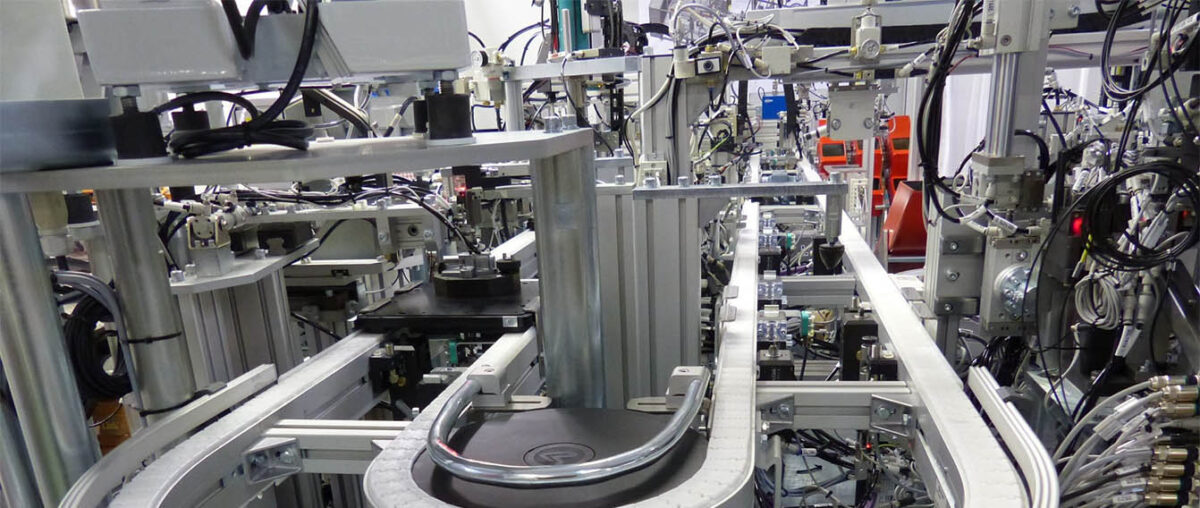
Assembly line systems have long been the backbone of industrial manufacturing, enabling mass production with efficiency and precision. However, the landscape of assembly line systems is continually evolving with advancements in technology, automation, and industry demands. This blog explores the latest innovations in assembly line systems, their potential impact on manufacturing industries, and what the future holds for this critical component of production processes.
The Evolution of Assembly Line Systems
Since Henry Ford revolutionized manufacturing with the assembly line concept in the early 20th century, assembly line systems have undergone significant transformations. Initially focused on automotive production, assembly lines now span diverse industries, including electronics, aerospace, pharmaceuticals, and consumer goods.
Current Innovations Driving Assembly Line Systems
- Robotics and Automation:
- Collaborative Robots (Cobots): Cobots work alongside human operators, enhancing flexibility, safety, and efficiency in assembly processes.
- Advanced Robotics: Integration of AI, machine learning, and vision systems improves precision, speed, and adaptability of assembly line operations.
- IoT and Connectivity:
- Smart Sensors: IoT-enabled sensors monitor equipment performance, predict maintenance needs, and optimize resource utilization in real-time.
- Data Analytics: Big data analytics and predictive algorithms enhance decision-making, process optimization, and overall efficiency of assembly line systems.
- Additive Manufacturing (3D Printing):
- 3D printing technology revolutionizes prototyping, customization, and production of complex components on assembly lines, reducing lead times and costs.
- Adoption of sustainable materials and on-demand manufacturing capabilities contribute to environmental sustainability and operational flexibility.
- Digital Twins and Simulation:
- Digital twin technology creates virtual replicas of assembly line systems, enabling simulation, optimization, and predictive maintenance to minimize downtime and improve productivity.
- Real-time insights from digital twins enhance operational visibility, facilitate continuous improvement, and support strategic decision-making.
Future Trends in Assembly Line Systems
- Industry 4.0 Integration:
- Industry 4.0 principles, including cyber-physical systems, AI-driven automation, and interconnected smart factories, will further optimize assembly line systems for agility, efficiency, and responsiveness.
- Integration of blockchain for enhanced supply chain transparency, security, and traceability of components and materials.
- Flexible and Adaptive Manufacturing:
- Modular assembly line designs and flexible automation solutions enable quick reconfiguration to accommodate diverse product variations and changing market demands.
- Agile manufacturing practices support rapid prototyping, customization, and on-demand production to meet evolving consumer preferences.
- Sustainability and Green Manufacturing:
- Continued emphasis on sustainability drives innovations in assembly line systems, focusing on energy-efficient technologies, waste reduction strategies, and eco-friendly materials.
- Circular economy principles promote resource conservation, material reuse, and closed-loop manufacturing processes within assembly line operations.
Challenges and Considerations
While innovations offer immense potential, implementing advanced technologies in assembly line systems presents challenges:
- Cost and ROI: Initial investment costs for advanced technologies such as robotics, IoT, and digital twins may be significant, requiring careful evaluation of long-term ROI and benefits.
- Skill Gaps: Acquiring and retaining talent with expertise in digital technologies, data analytics, and automation is crucial for successful implementation and operation of innovative assembly line systems.
- Cybersecurity: Ensuring robust cybersecurity measures to protect sensitive data, intellectual property, and interconnected systems from cyber threats and vulnerabilities.
Conclusion
The future of assembly line systems is marked by continuous innovation, driven by technological advancements, sustainability imperatives, and market dynamics. Manufacturers must embrace these innovations to remain competitive, enhance operational efficiencies, and meet evolving consumer expectations.
Prepare for what’s next in assembly line systems by investing in cutting-edge technologies, fostering a culture of innovation, and adapting to the shifting landscape of global manufacturing. Embrace Industry 4.0 principles, leverage digital transformation, and pioneer sustainable practices to lead your industry into a new era of efficiency and excellence.
Innovate today, thrive tomorrow—transform your assembly line systems into engines of innovation and competitiveness in the evolving manufacturing ecosystem.
